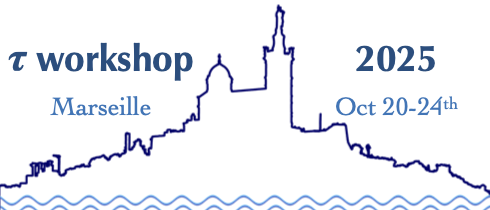Speaker
Description
Experiments on neutrino oscillations have demonstrated that lepton flavor can be violated for neutral leptons. However, no charged lepton flavor violation (cLFV) has yet been observed. The COMET experiment [1] aims to detect cLFV through a process involving new physics: the coherent, neutrinoless conversion of a muon bound to a nucleus into an electron (μ⁻ + N(Z,A) → e⁻ + N(Z,A)). The experiment aims for a single-event sensitivity of $10^{−17}$ over two phases, which would be a four-order-of-magnitude improvement over the current limit (SINDRUM-II, 2006)[2]. COMET will begin with a low-intensity beam at J-PARC in 2026. This talk will present an update on the status of the COMET beam line, magnets, detectors, data acquisition system, and schedule.
[1] The COMET Collaboration. COMET Phase-I technical design report. Prog. Theor.
Exp. Phys., 033C01:102 pages, 2020. DOI: https://doi.org/10.1093/ptep/ptz125.
[2] The SINDRUM II Collaboration. A search for µ − e conversion in muonic gold. Eur.
Phys. J. C, 47:337–346, 2006. DOI: https://doi.org/10.1140/epjc/s2006-02582-x.
